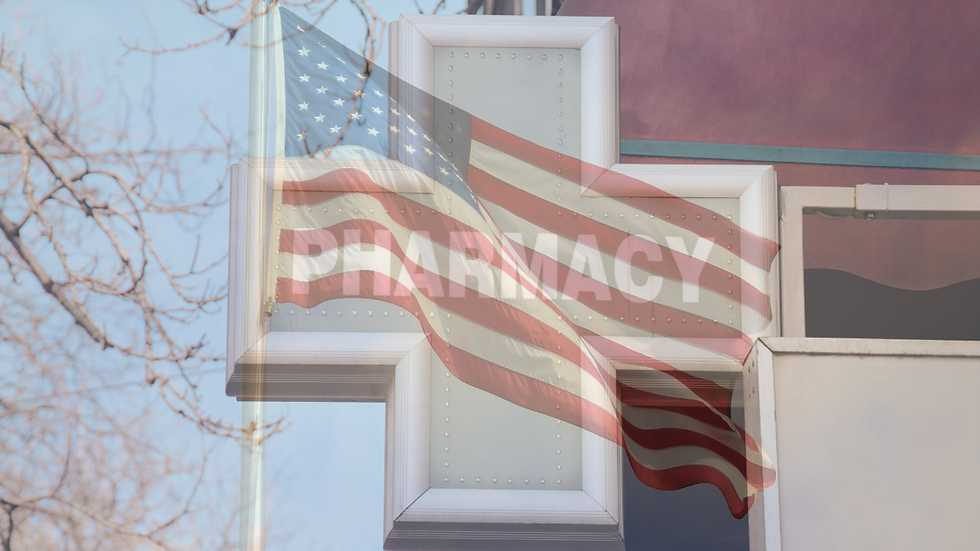More than $300 Billion in Health Care Spending Goes to Middlemen. We Need Accountability.
- Mar 11, 2022
- 2 min read
Updated: Aug 6, 2024
Too many people go to the pharmacy counter only to be told the cost of their prescription medicine has gone up. Again.
It’s maddening at best and, for some, life threatening. We’re given vague notice that the situation is caused by “skyrocketing drug costs” and told that the solution is “complicated.”
But out confusion about why costs for patients keep rising isn’t an accident.
Health insurance plans and pharmacy benefit managers (PBMs), middlemen who work for and are owned by the same companies as health insurance plans, continue to mislead people about their role in determining the price you pay at the pharmacy counter. Their shell game makes it easier to deflect attention from how they spend the mammoth discounts – about a third of a trillion dollars (more than half of the initial price of medicines) and why those growing discounts and rebates aren’t being used to lower the price you pay at the pharmacy counter.
In 2021, my company, Sanofi, paid more than $14 billion – about 50 cents of every dollar we earned on our medicines – in discounts and rebates to these middlemen with the purpose of ensuring patients can get the medicines they need at the lowest possible price. We’ve been transparent with this data for several years and updated it in our just released annual Pricing Principles report.
Across the entire industry, the figure that was paid by manufacturers in 2021 in rebates and discounts was $350 billion. That’s more money than the NFL made, in total, over the course of Tom Brady’s 22-year career.
Unfortunately, PBMs don’t use those discounts and rebates to lower costs for patients at the pharmacy counter. The bulk of the billions that Sanofi has paid simply flows into a black hole that becomes revenue for insurance companies and PBMs to use however they choose.
Perhaps the best example of the “black hole” effect is insulin prices and costs, specifically our most prescribed insulin, Lantus (insulin glargine injection). In our new report, we show that our net price – the amount we receive as the manufacturer of Lantus after discounts and rebates are paid when a prescription is filled by a patient at the pharmacy – has fallen 62% since 2012.
But even as PBMs have negotiated better deals for themselves to drive down their costs, out-of-pocket costs for patients with health insurance who use Lantus has gone up by 60% over the same period.
So while it’s easy to blame rising costs on drug companies, the truth is the actual price your health plan pays for Lantus (and all our insulins) has been steadily declining. It’s time to demand some accountability for where those dollars go and how they are used.




Comments